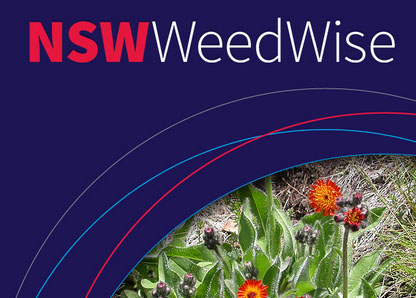Even the best weed prevention efforts may not stop all introductions. Early detection of invasions and quick, coordinated responses are needed to eradicate or contain species before they become too widespread and control becomes technically and/or financially impossible. Weed populations that are not addressed early may require costly ongoing control efforts.
All land managers, communities, research institutions, and all levels of government have a role in the early detection and eradication of weeds.
We need to be able to correctly identify and be aware of new infestations and report potential new weeds or new outbreaks to your local council Weeds Officer, or your state or territory weed management agencies.
Weeds can be very difficult to identify, and may be confused with plants that are not weeds, including native or endangered species.
Some weeds also look very different in their juvenile and mature stages.
It is important to correctly identify a weed to ensure that control methods are effective and appropriate. Some factors to consider when identifying a weed are where and when the weed grows, its shape, size, leaf form and flower colour.
Once a newly-discovered weed is identified, experts can assess the infestation and determine the most appropriate early response method. The aim of eradication is to eliminate a species or number of species from an area.
Once control action has been undertaken to eradicate or contain a weed, the source of the original infestation continues to pose a risk. It is important to identify any continuing entry source or spread pathway of the weed, and understand why it has infested the area in the first place. Many weeds produce seeds that are able to survive for decades in the soil, awaiting the best opportunity to sprout, therefore we need to be vigilant to prevent further infestations.
Total eradication of large infestations of environmental weeds can be very difficult, if not impossible, and expensive.

